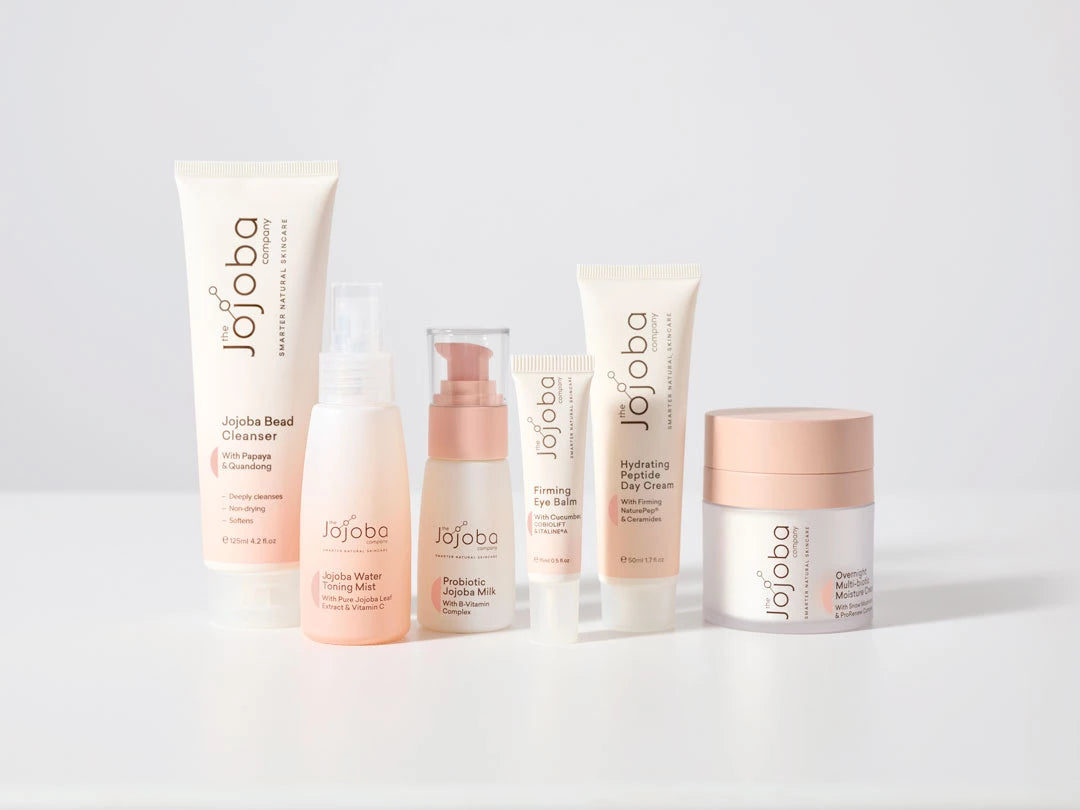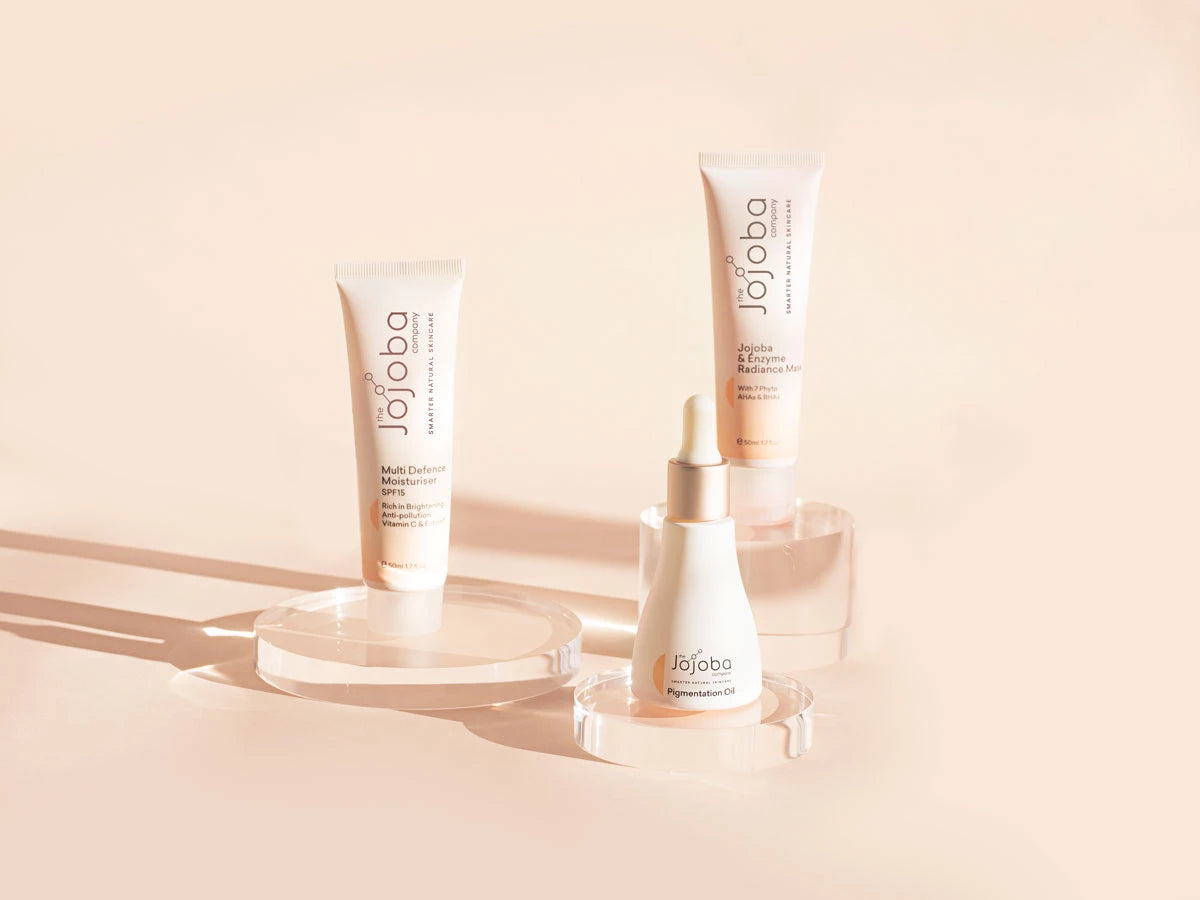Skin Analysis for Personalized Skincare
Knowing what skin type you are and then matching it with a custom skincare routine brings out the best in your skin. Without knowing what your skin needs your current approach could be making things worse: oily skin becomes oilier or dry skin looks even more dull and wrinkled.
Our Skin Complexion Type Changes
Have you had the same products and skincare routine for years? Our skincare should adapt as our skin changes over time, especially with mature skin. And it’s easy to work out exactly what skin type you are now based on some simple guidelines. Once you know your skin type you can choose the best care and watch your skin blossom.
Time to Update Your Skincare Routine?
Our skin becomes drier and more sensitive as we mature. That’s because sebum, the natural moisturiser that forms a protective layer over our skin, peaks in our teenage years and drops-off as we age, most dramatically after menopause.
The Importance of Collagen and Elastin
Mature skin also has less collagen and elastin, both of which keeps it looking plump and smooth. And our facial muscles also weaken as we age so our skin gets less support. For most of us our skin starts-off as oily or normal as teenagers and gradually moves towards dry and sensitive skin as we mature – or somewhere in between with combination skin.
Check Your Skin Type
There are four basic skin types: normal, dry, oily, combination and sensitive. Here’s a simple test to discover where your skin is at now. You may be surprised with the results.Basic Skin Type Test
- First thing in the morning wash your face with a gentle cleanser and pat dry
- Don’t apply any creams, lotions or foundation
- Wait approximately 3-4 hours
- Apply blotting paper or tissue to your skin across different areas: chin, nose, forehead, cheeks
- Notice where paper sticks or becomes oily (transparent)
- Look at and touch your skin. Notice is skin oily or shiny, with large pores? Or is it tight and red, dull looking?
- Online Skin Analysis
- First thing in the morning wash your face with a gentle cleanser and pat dry
- Don’t apply any creams, lotions or foundation
- Wait approximately 3-4 hours
- Apply blotting paper or tissue to your skin across different areas: chin, nose, forehead, cheeks
- Notice where paper sticks or becomes oily (transparent)
- Look at and touch your skin. Notice is skin oily or shiny, with large pores? Or is it tight and red, dull looking?
- Online Skin Analysis
Need some help with your skin analysis? Try a short online skin questionnaire and get a personalised response. Start here.









